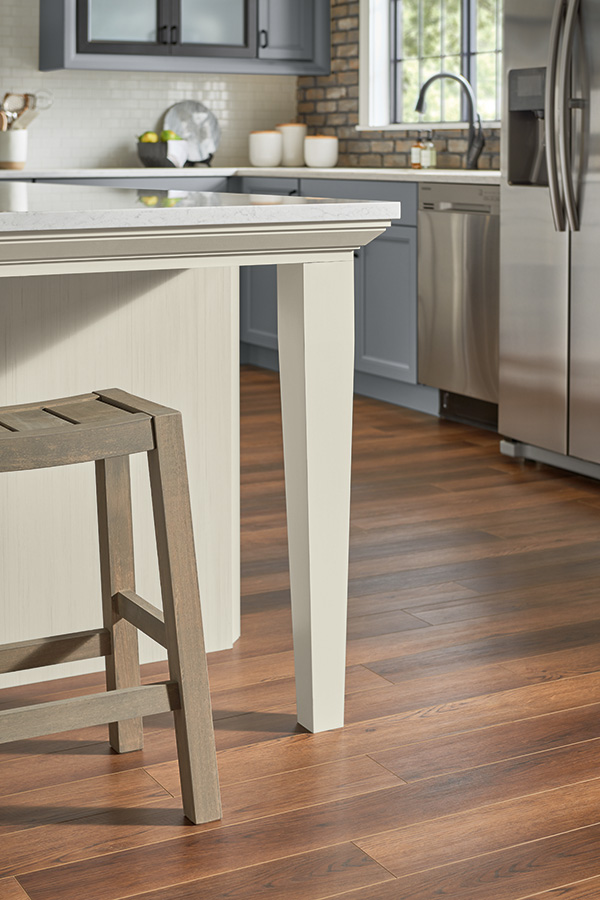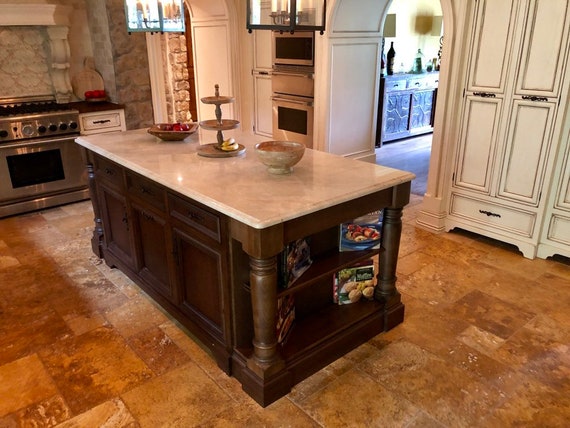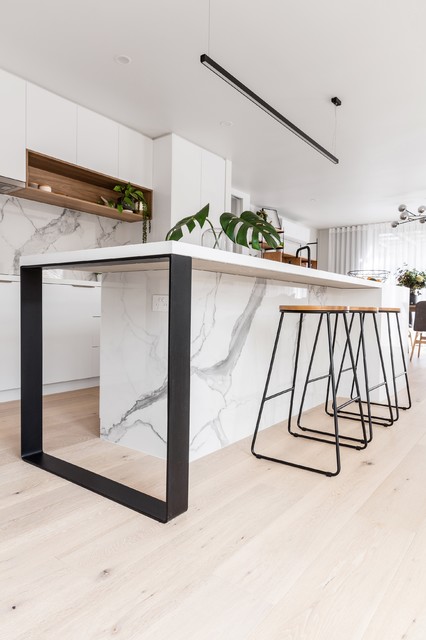The Very Best Kitchen Island Leg Options for Modern and Conventional Kitchens
Wiki Article
The Value of a Sturdy Kitchen Island Leg in Producing a Useful Cooking Location
A tough kitchen area island leg functions as an essential part in establishing a practical cooking atmosphere, giving required assistance for both the counter top and different kitchen activities. The security it provides can substantially reduce the danger of crashes in high-traffic locations, while also adding to the general visual comprehensibility of the area. As cooking areas advance right into multifunctional locations for cooking, eating, and mingling, the choice of materials and design considerations for island legs becomes increasingly vital. Understanding these elements can change your cooking area right into a much safer and a lot more effective area, prompting more expedition right into the most effective choices offered.Advantages of Sturdy Island Legs
Supplying necessary support, sturdy kitchen area island legs play a critical duty in improving the functionality and durability of cooking area islands - kitchen island leg. These legs not only birth the weight of the countertop and any kind of extra things put on the island, yet likewise add to the overall security of the structure. A well-supported kitchen area island ensures that it continues to be upright and practical, even under hefty usage, which is especially important in hectic cooking area atmospheresIn addition, strong island legs can boost the aesthetic allure of the kitchen area. They provide a solid structure that can complement numerous design styles, from modern-day to traditional. This adaptability enables house owners to customize their cooking area islands according to personal taste while guaranteeing that the architectural stability continues to be uncompromised.
In enhancement to their helpful function, robust kitchen island legs can also improve safety and security. Inevitably, spending in strong cooking area island legs is necessary for a practical and visually pleasing cooking area.
Products for Kitchen Area Island Legs
When choosing materials for kitchen island legs, sturdiness and aesthetic appeal are critical factors to take into consideration. The most usual products include hardwood, metal, and crafted timber, each offering special benefits.Wood, such as cherry, maple, or oak, is a timeless selection because of its strength and ageless elegance (kitchen island leg). It can withstand significant weight and is resistant to wear, making it perfect for high-use kitchen settings. Additionally, wood can be stained or repainted to complement numerous kitchen designs
Metal legs, often crafted from stainless-steel or wrought iron, give a contemporary and commercial look. They are unbelievably strong and can sustain considerable lots while being immune to moisture and warm, which is useful in a cooking area. Steel legs can also be quickly cleansed, enhancing their usefulness.

Layout Considerations for Security
The choice of products for kitchen area island legs straight influences the layout considerations for security. When creating a kitchen island, it is extremely important to assess the weight-bearing ability of the selected products. Heavier i thought about this products, such as solid wood or steel, usually provide higher stability, particularly under the stress of everyday use.Furthermore, the leg layout need to incorporate appropriate geometry to boost security. A wider base boosts the assistance area, lessening the risk of tottering or tipping. Consideration ought to additionally be provided to the height of the legs; out of proportion leg sizes can lead to discrepancy, endangering the over at this website overall stability of the island.
Additionally, the circulation of weight throughout the island is critical. Guaranteeing that the leg positioning straightens with the heaviest parts, such as devices and kitchen counters, will even more improve security.
Upkeep Tips for Long Life

Cleansing is another vital aspect of maintenance. Depending on the material of the legs-- whether wood, steel, or composite-- proper cleansing methods must be used. For wooden legs, a gentle clean with a damp fabric and a suitable wood cleaner will help protect their surface. Steel legs might call for a light gloss to prevent rust and preserve their appeal.
Furthermore, tightening up bolts and screws routinely can make sure stability and stop wobbling. Think about enhancing the legs with extra brackets or supports to improve toughness if the kitchen island experiences heavy use. Using a protective finish or sealant can guard versus moisture and stains, lengthening the life expectancy of the legs. By complying with these maintenance pointers, home owners can guarantee their kitchen island legs continue to be durable and practical for many years to come.
Picking the Right Leg Design
Routine maintenance ensures that kitchen area island legs continue to be tough and useful, yet choosing the ideal leg design is similarly crucial for both visual appeals and support. The choice of leg design can significantly affect the total layout and consistency of your kitchen area.
Functionality is an additional essential element. Thicker legs or those with a strong base can sustain larger kitchen counters and tools, boosting the island's utility. On the other hand, slender legs may develop a Clicking Here ventilated appearance, suitable for lighter designs but potentially much less supportive.
Verdict
In recap, the value of strong kitchen island legs can not be overstated in the creation of a functional food preparation location. These legs offer important support, boost stability, and contribute to the general aesthetic of the kitchen.A sturdy kitchen island leg offers as a fundamental part in establishing a useful cooking environment, supplying required assistance for both the countertop and numerous kitchen area activities.Supplying important assistance, sturdy cooking area island legs play an essential role in boosting the functionality and durability of kitchen area islands. Ultimately, spending in strong kitchen island legs is crucial for a practical and visually pleasing cooking location.
Consideration needs to additionally be provided to the height of the legs; disproportionate leg sizes can lead to imbalance, endangering the overall security of the island.
Wooden legs offer heat and a timeless appearance, while metal legs supply a industrial and modern feeling.
Report this wiki page